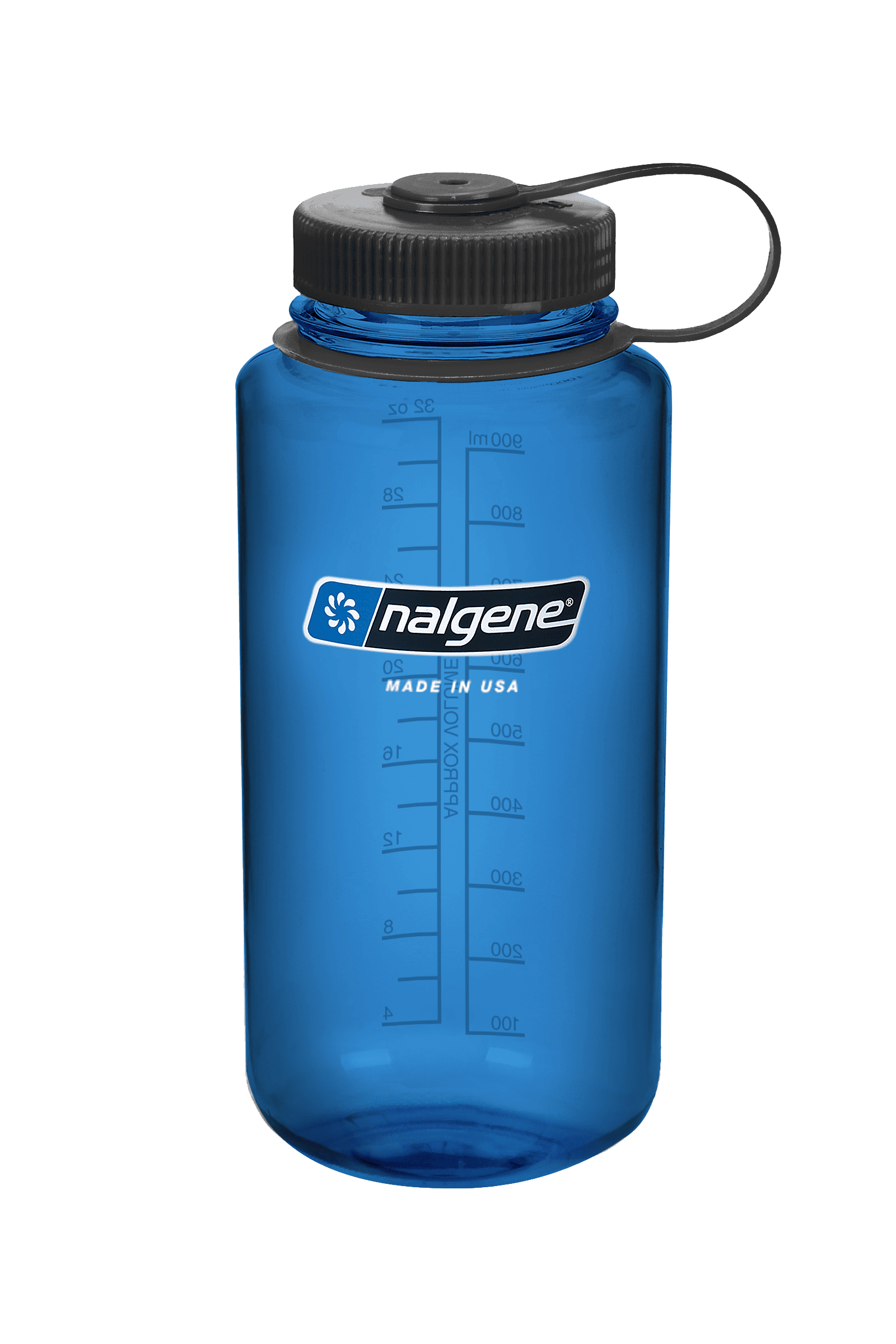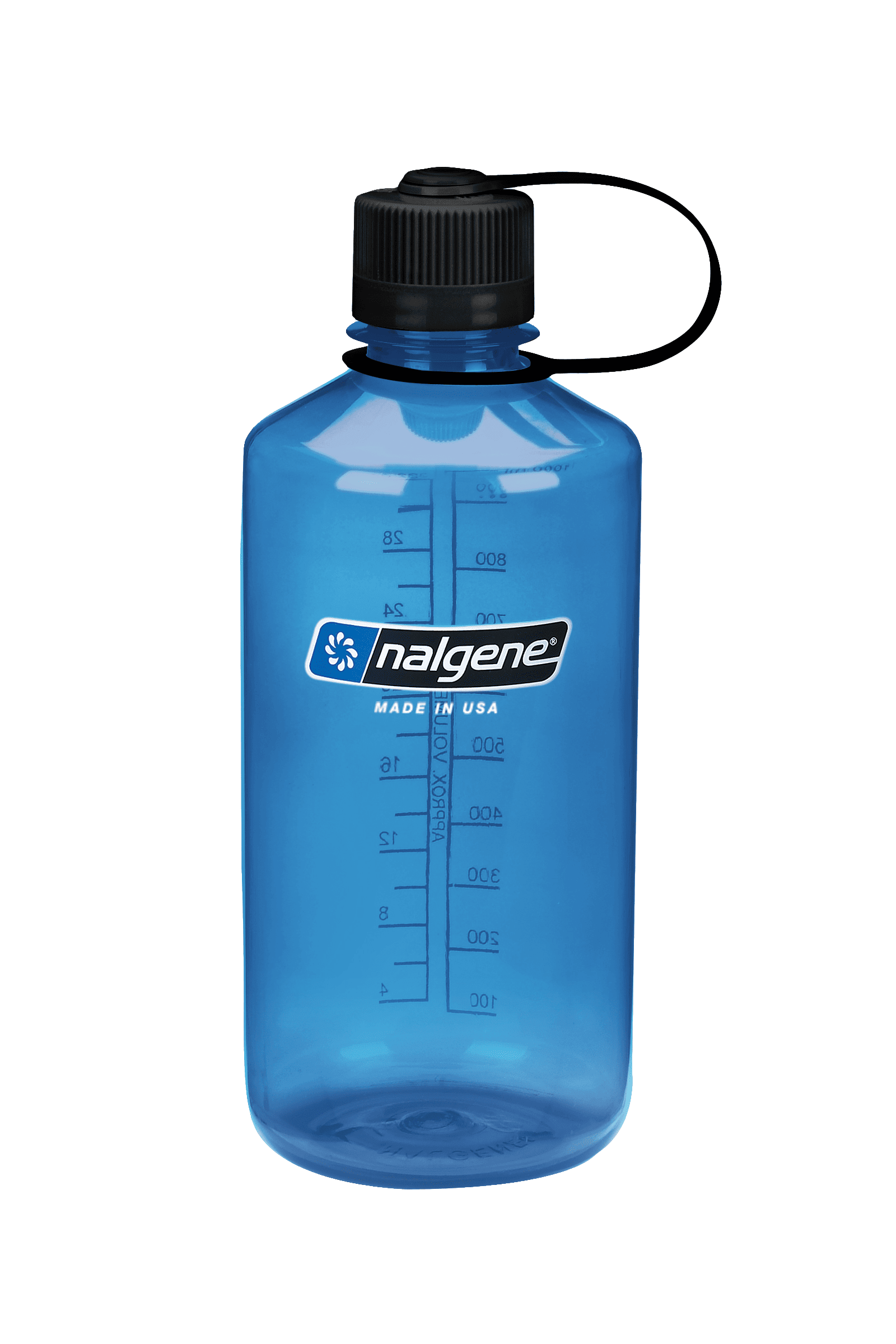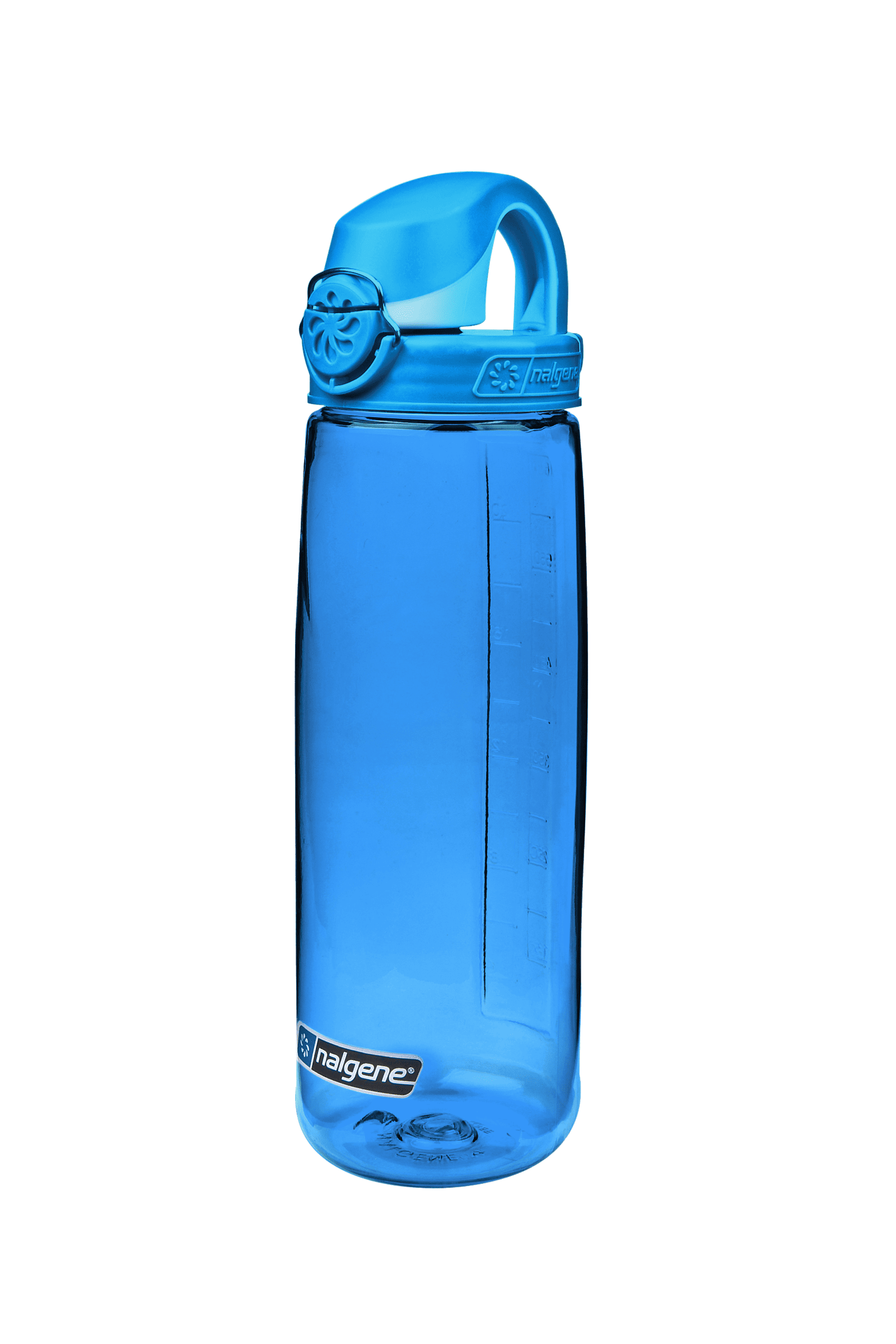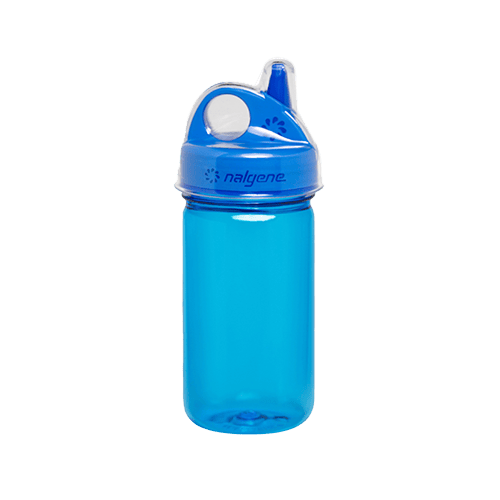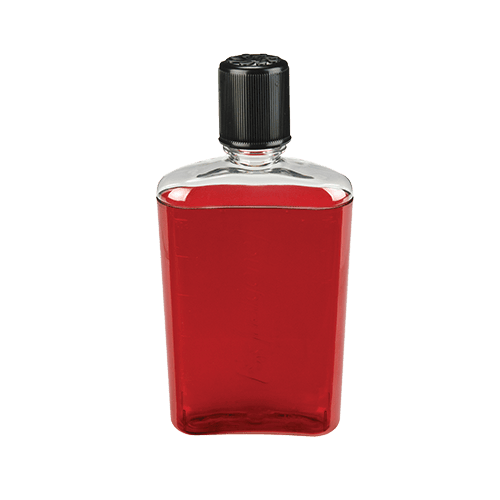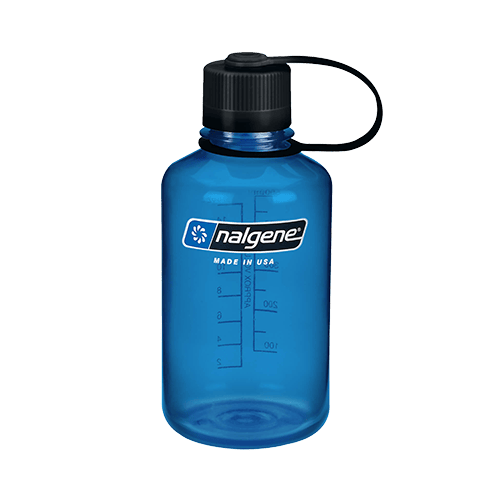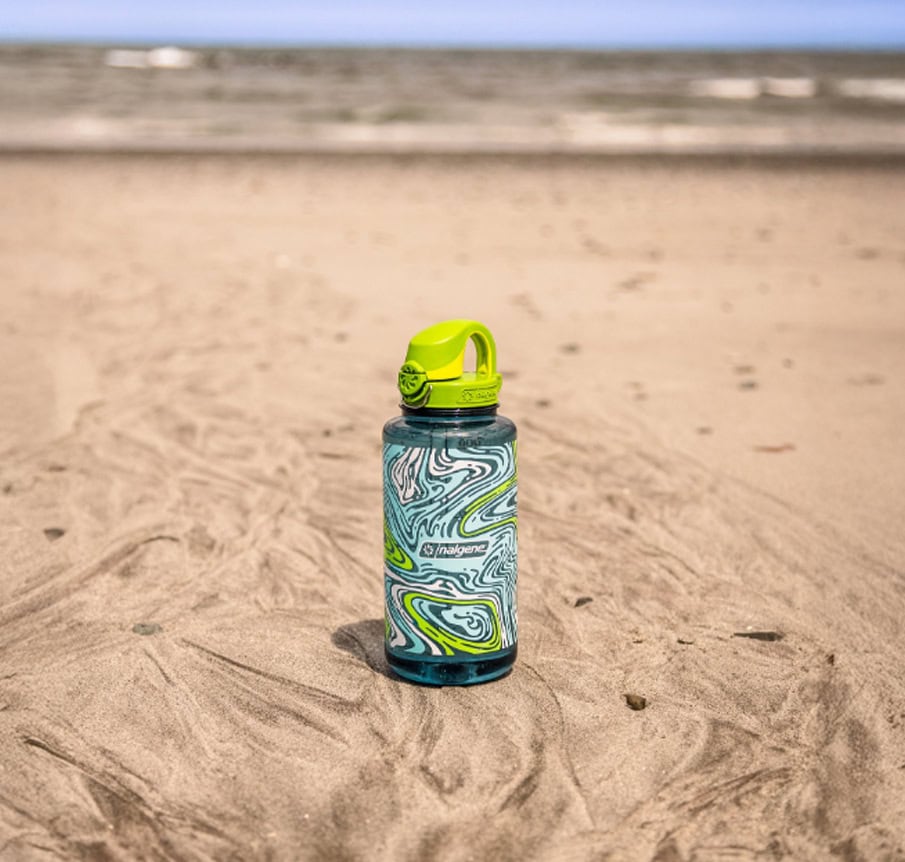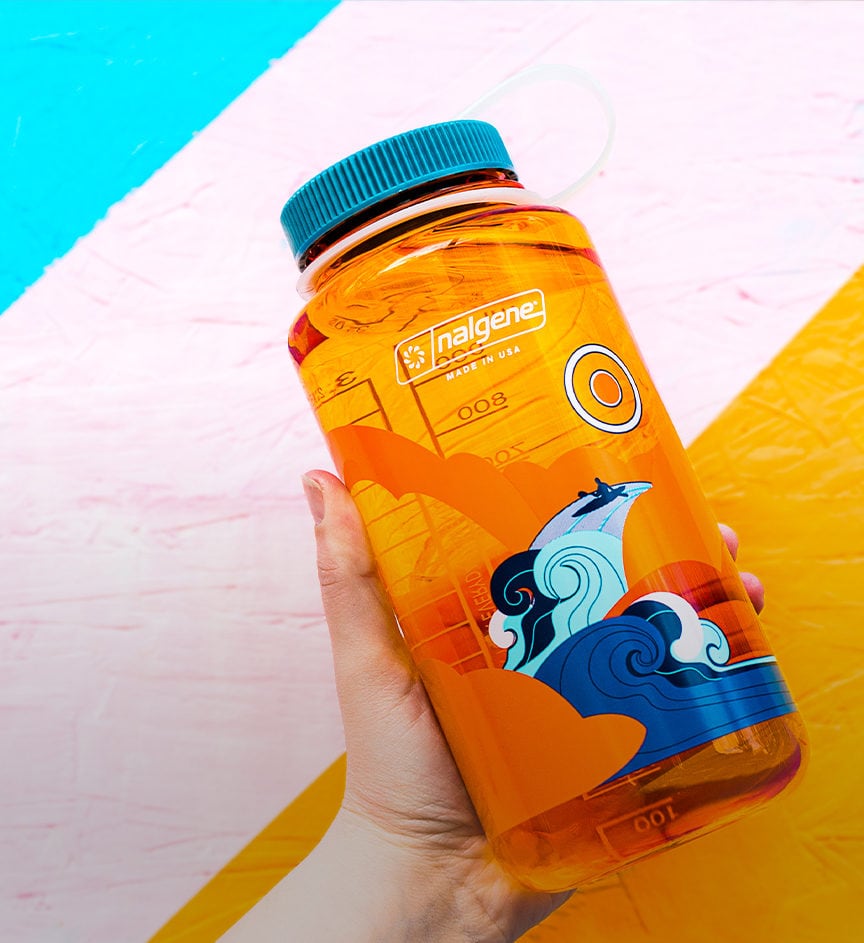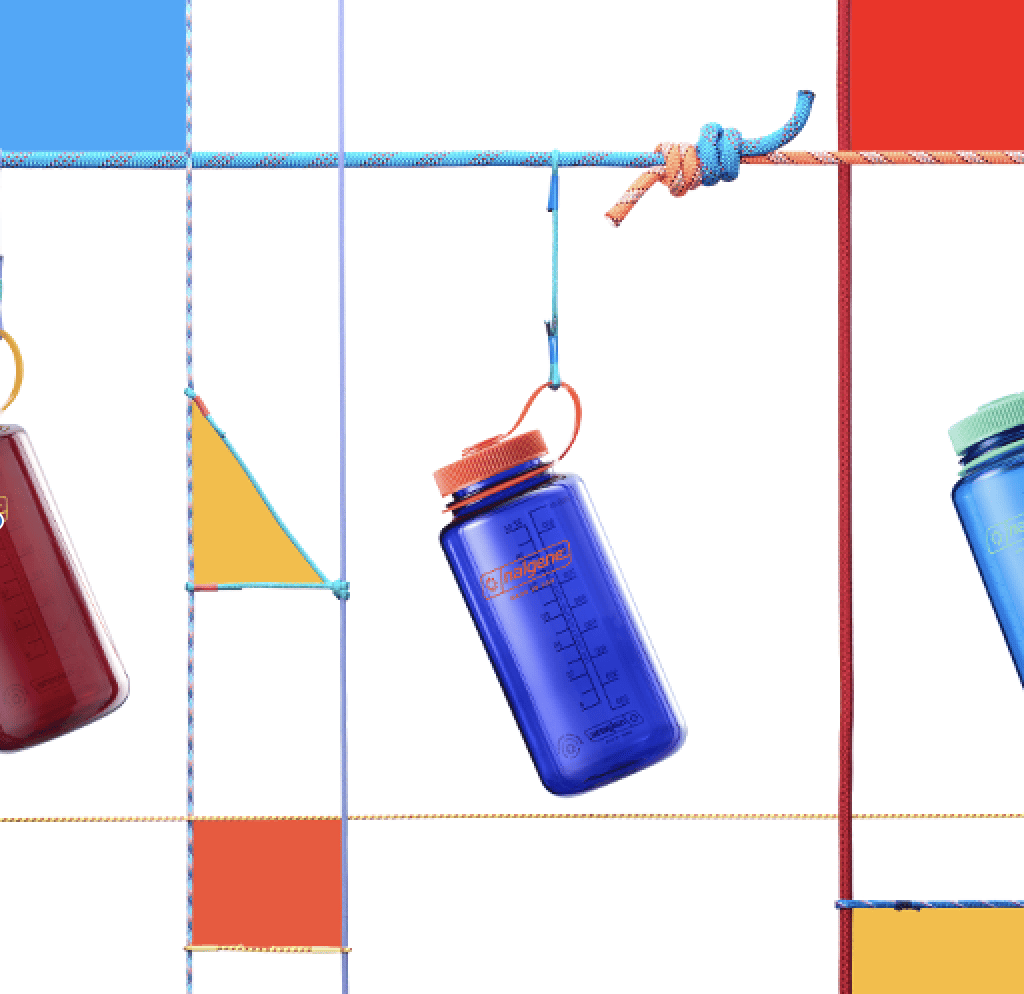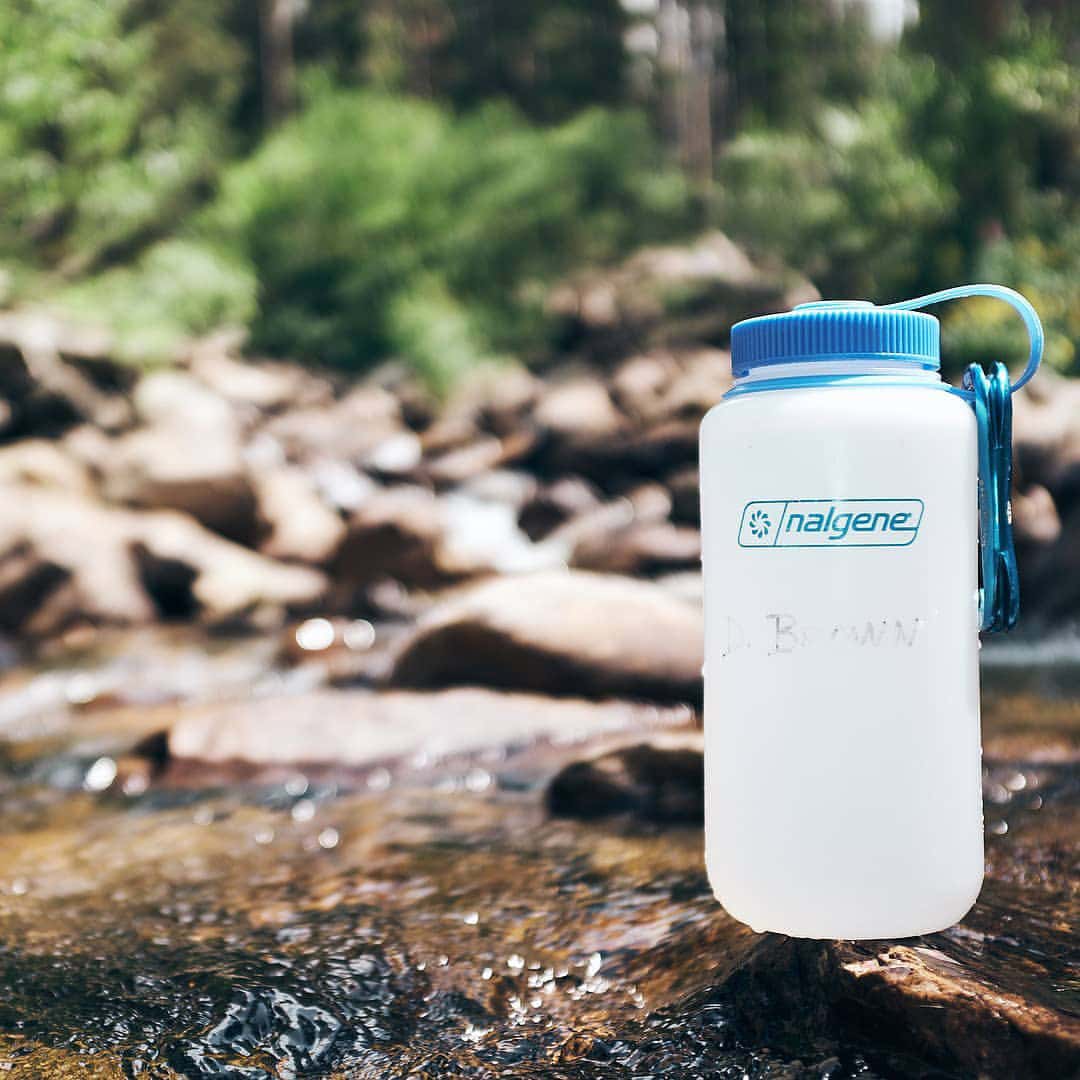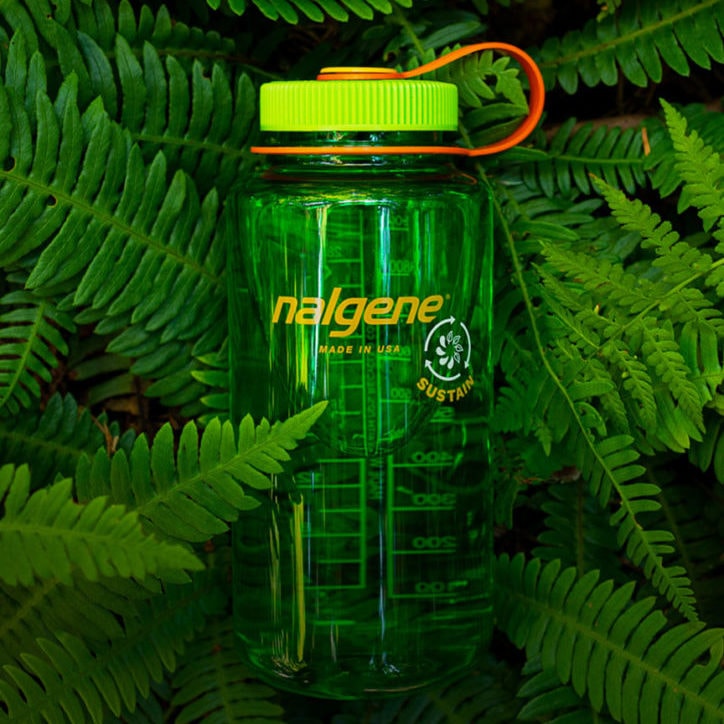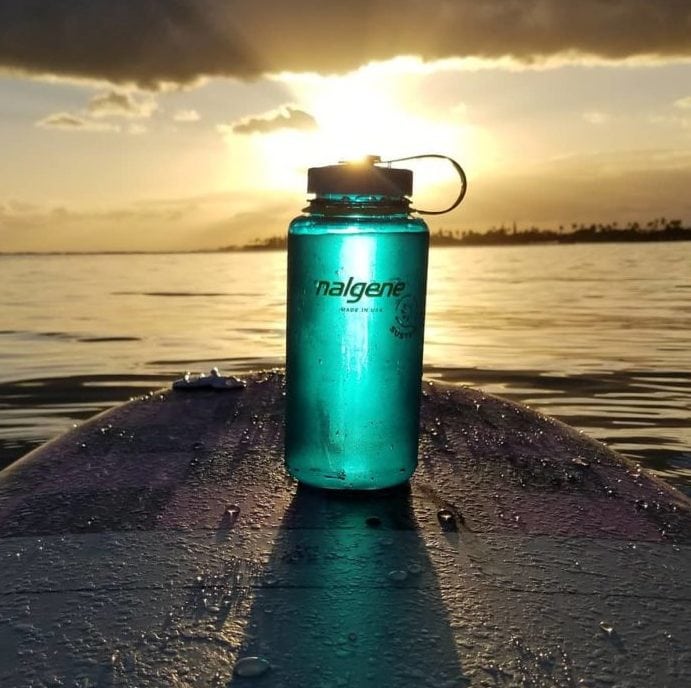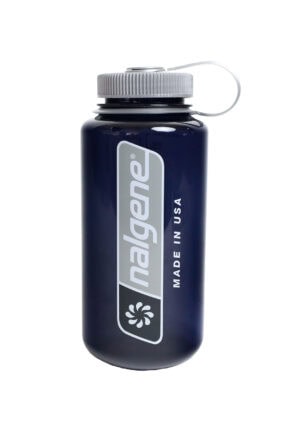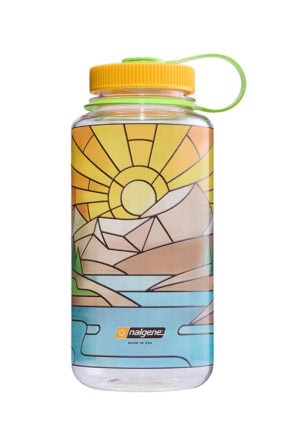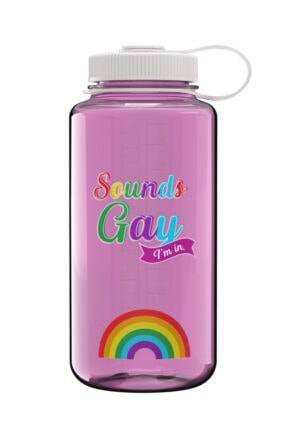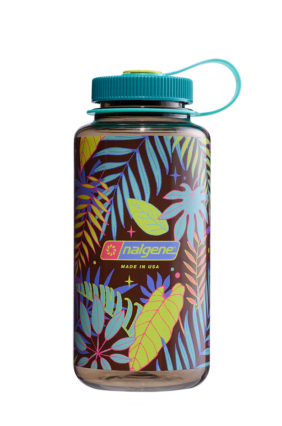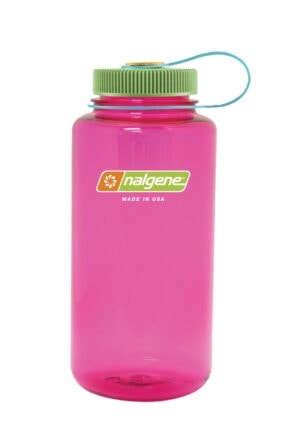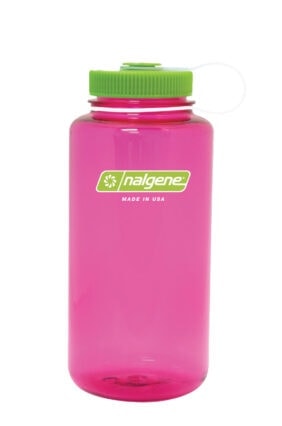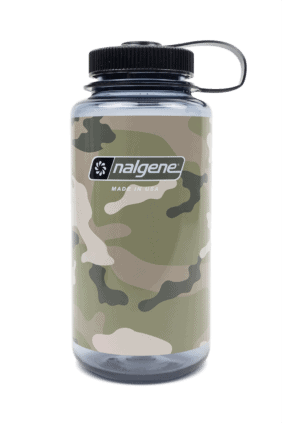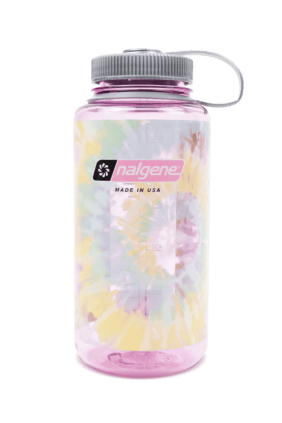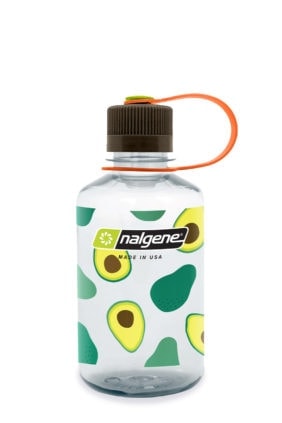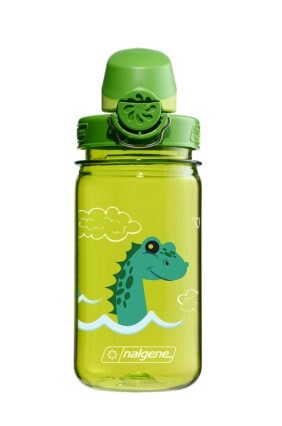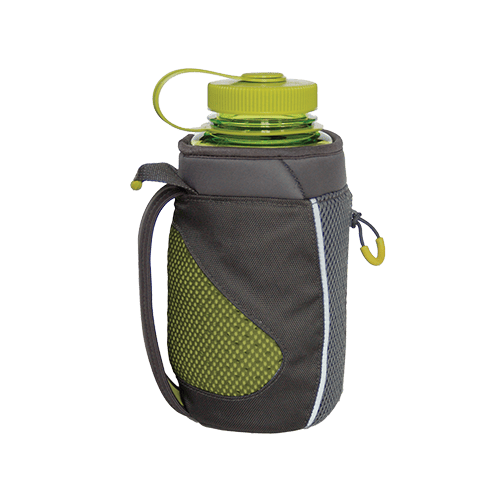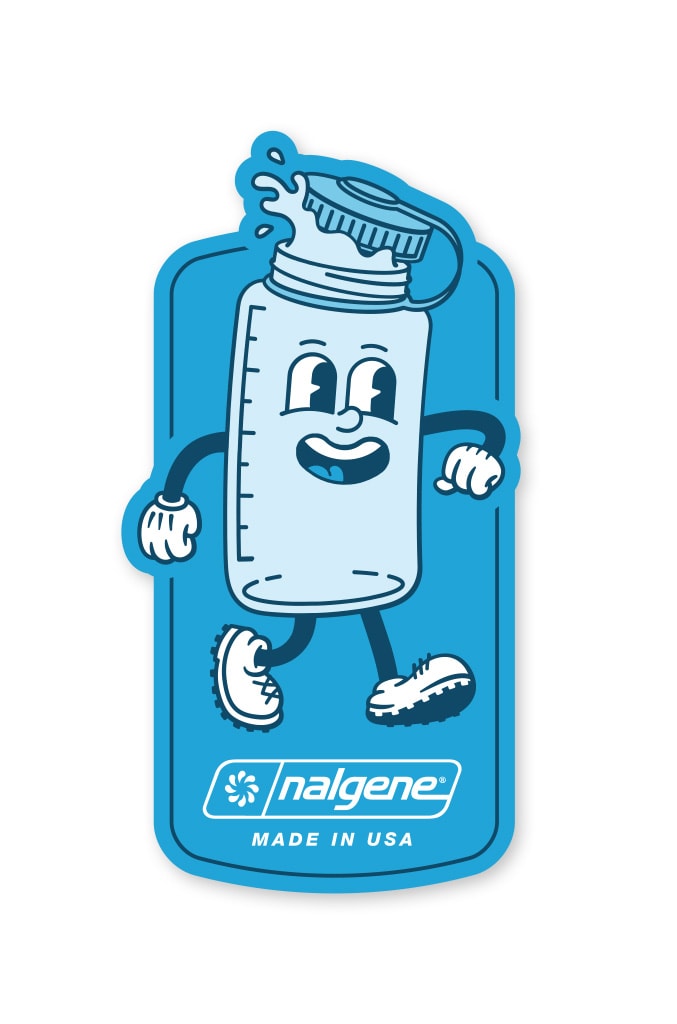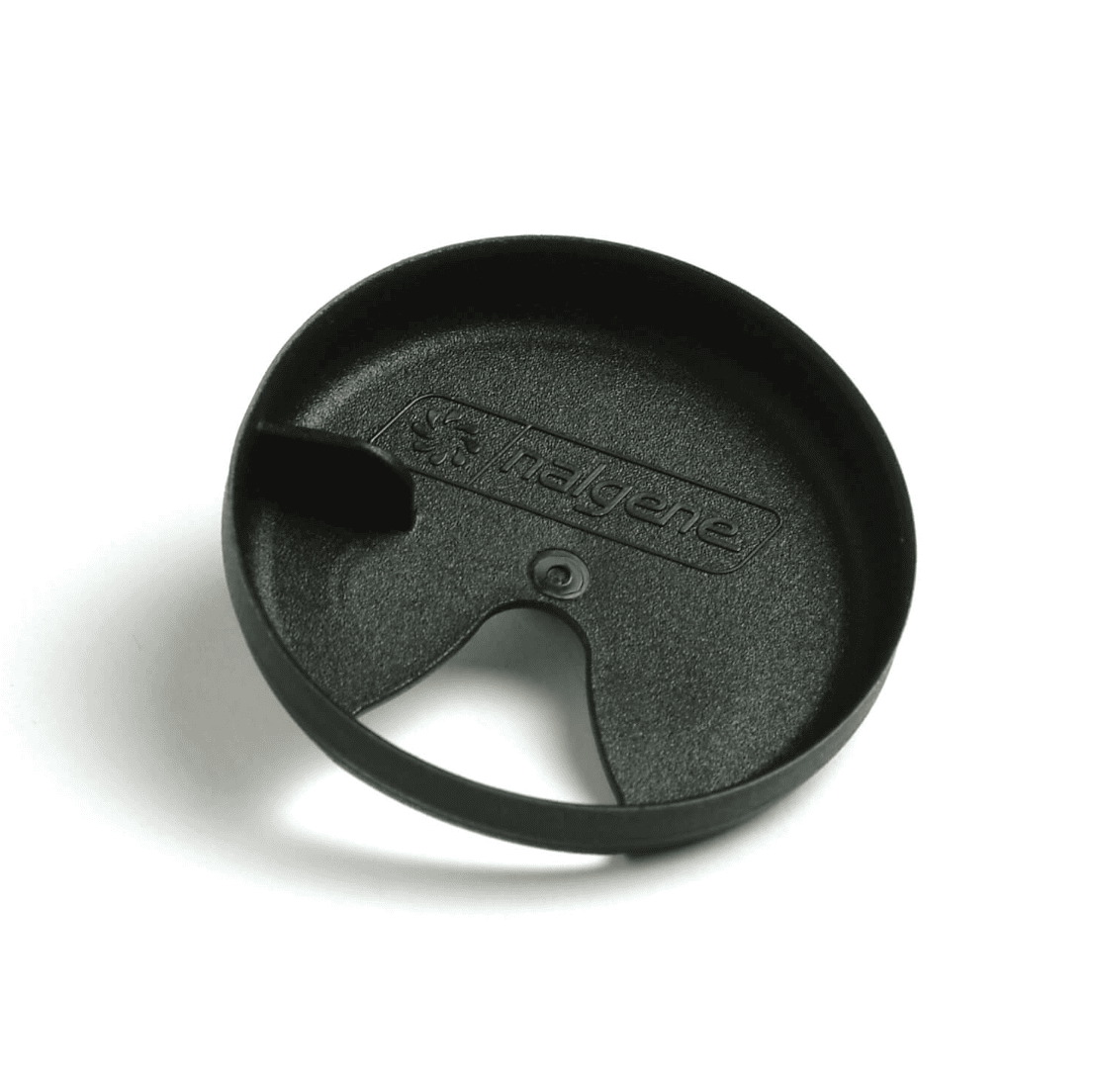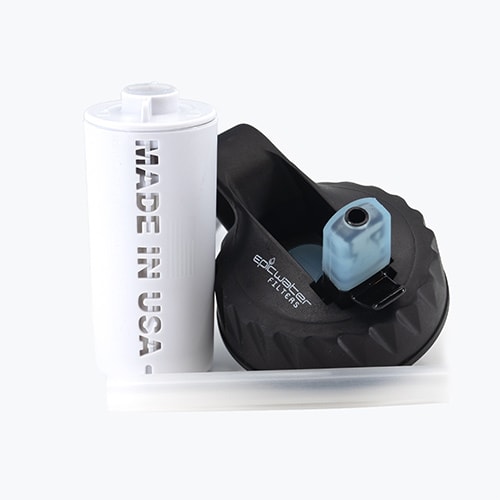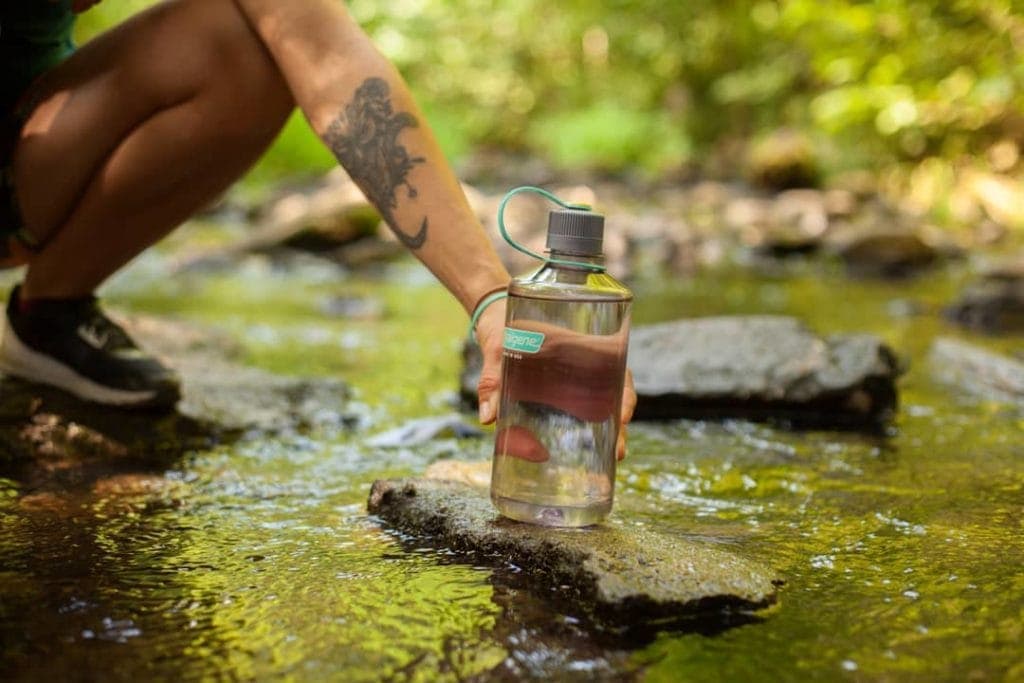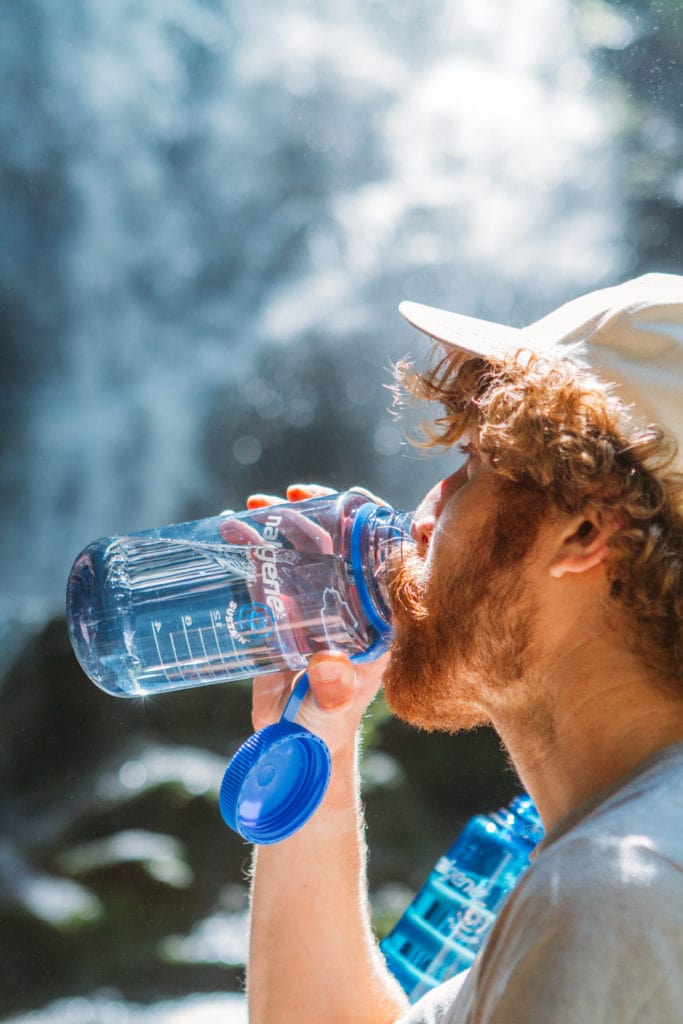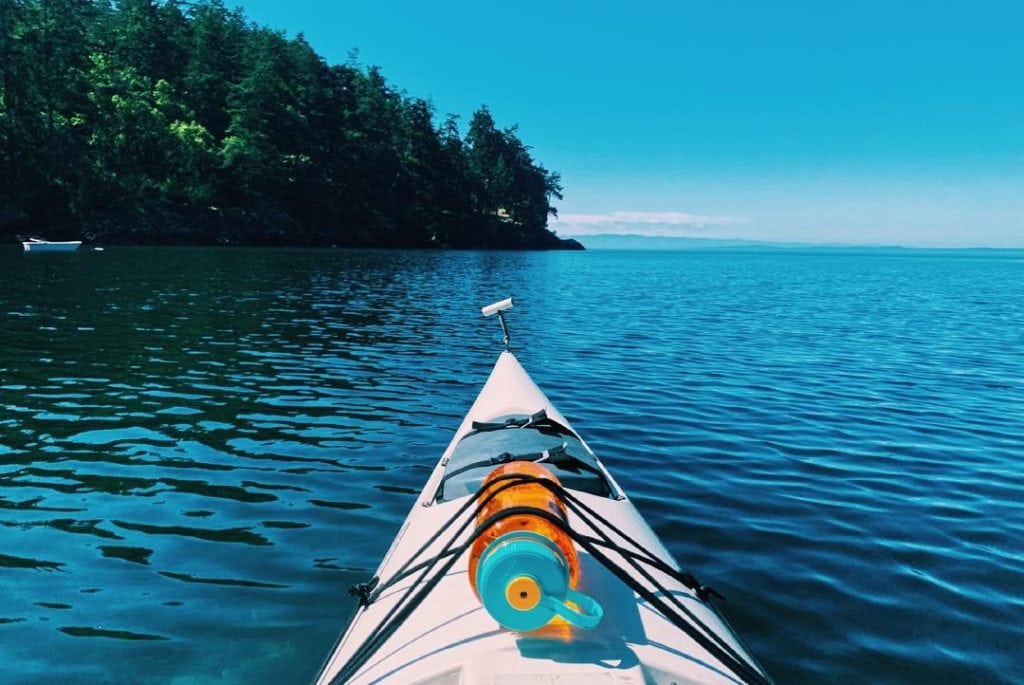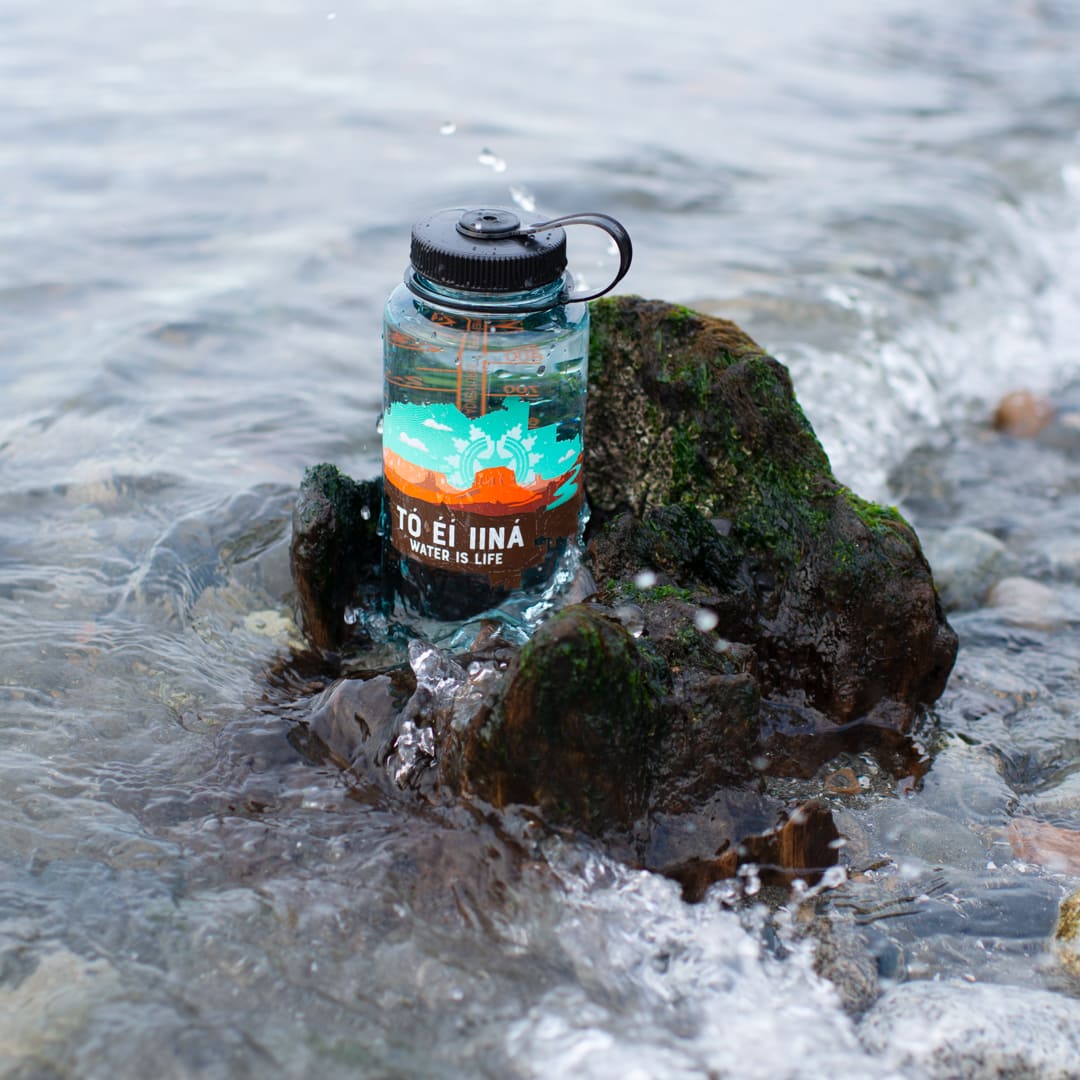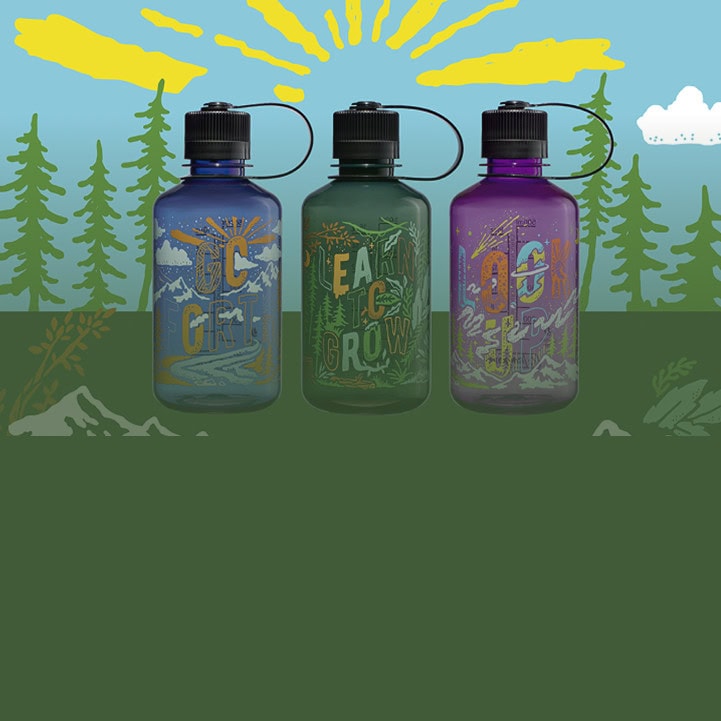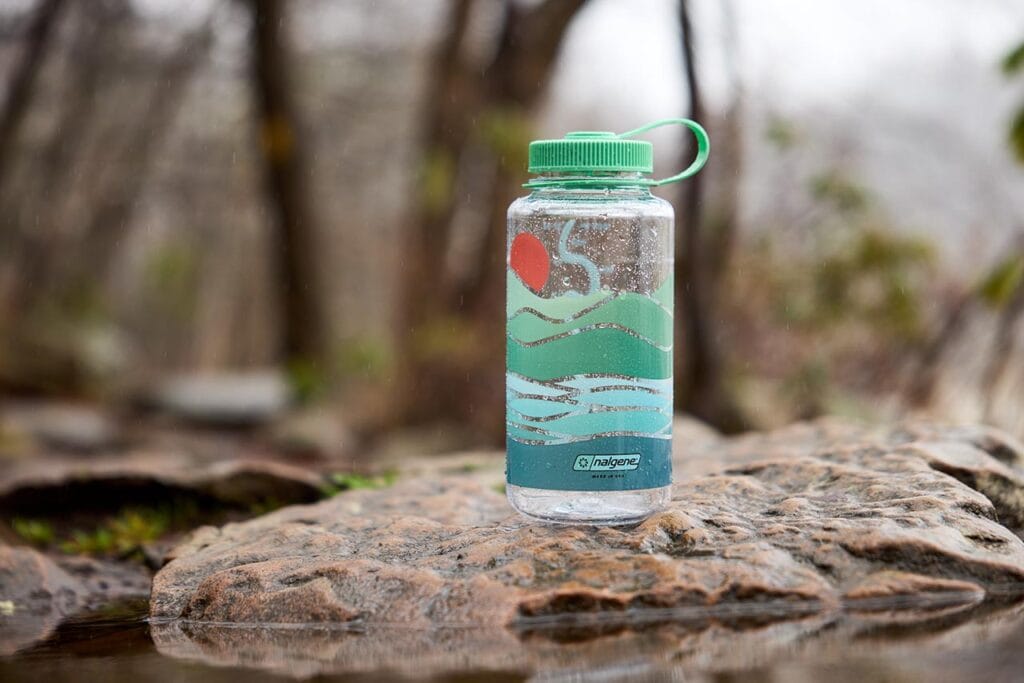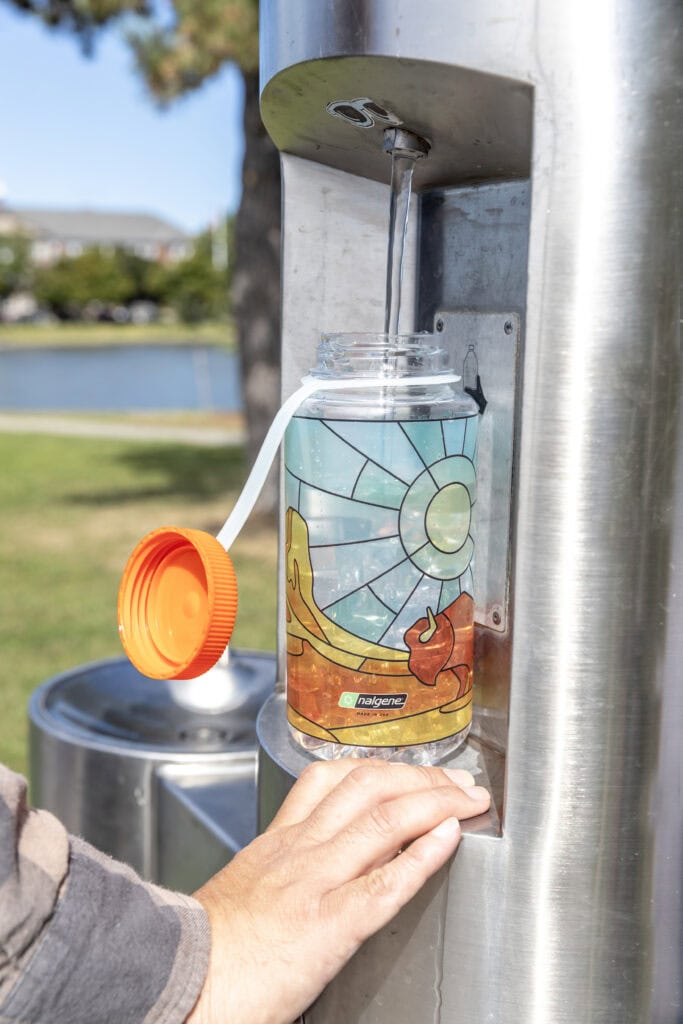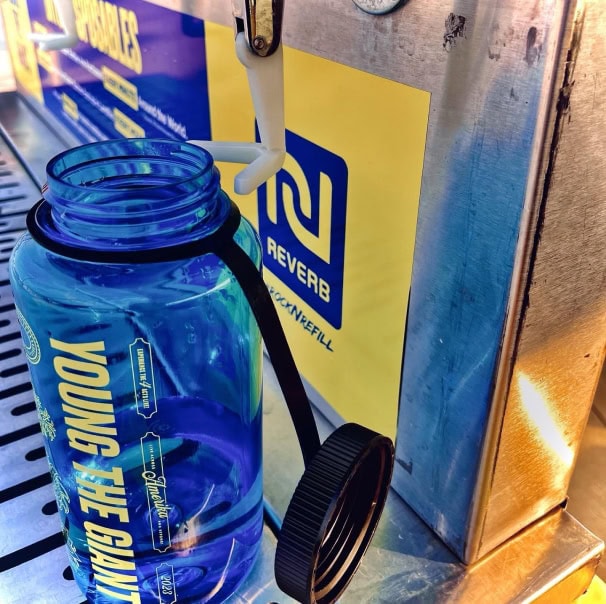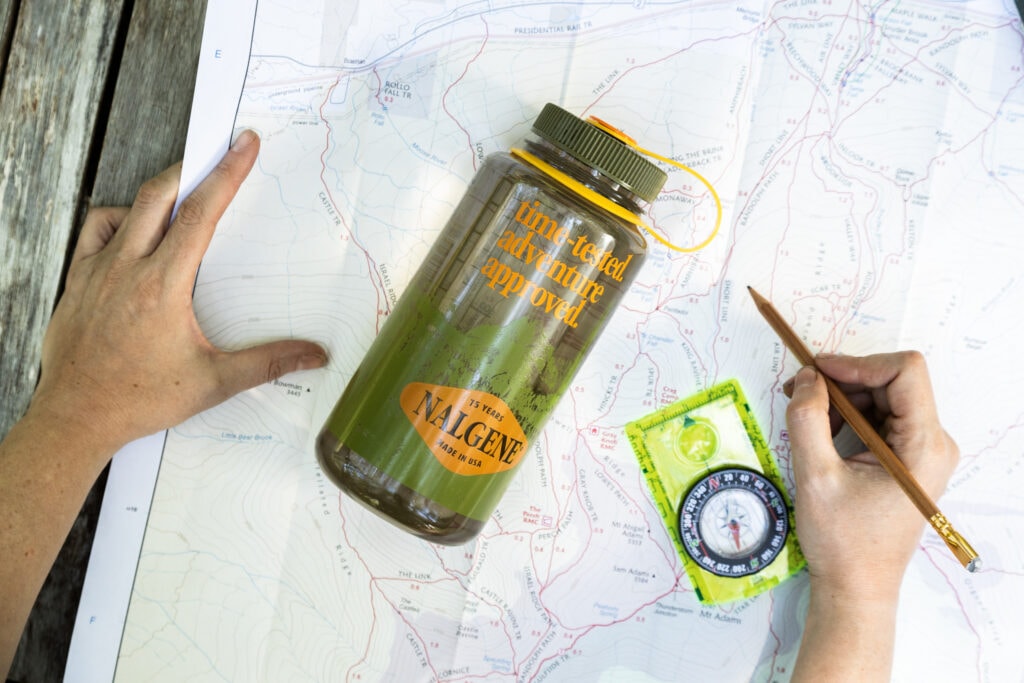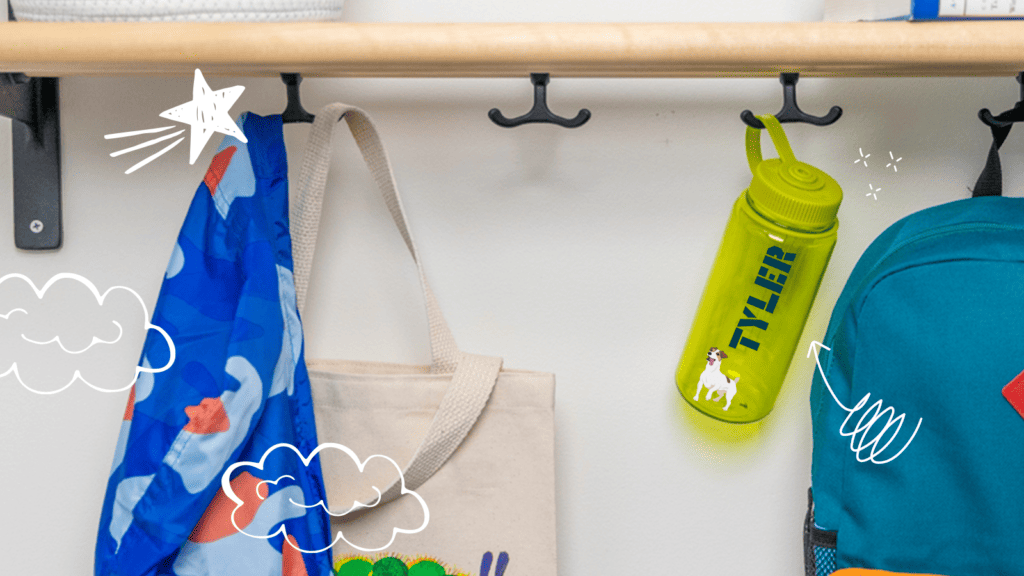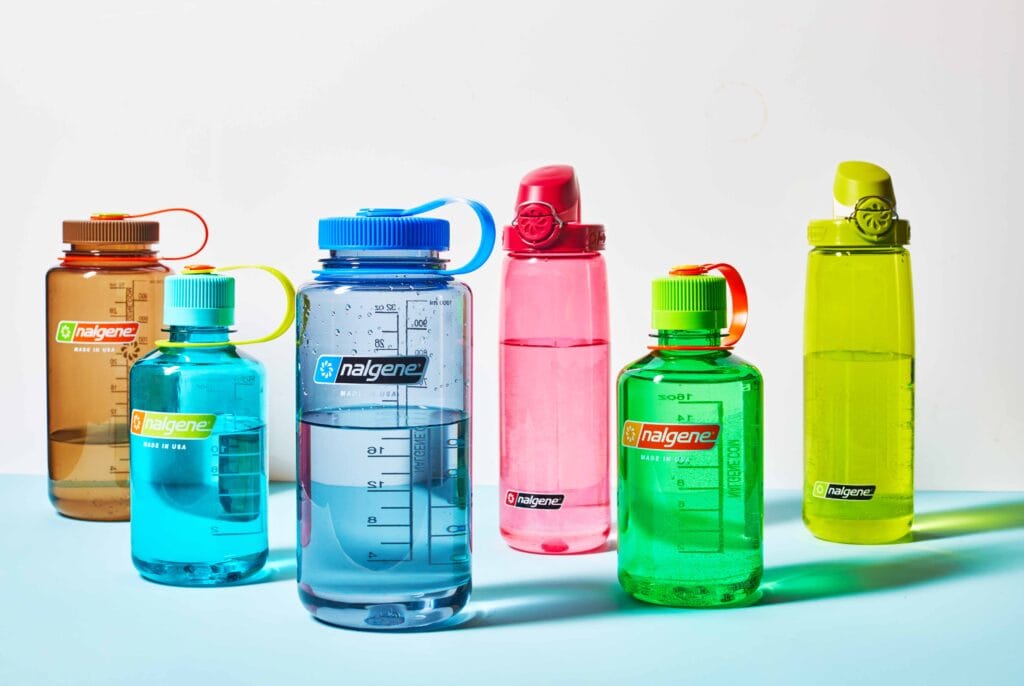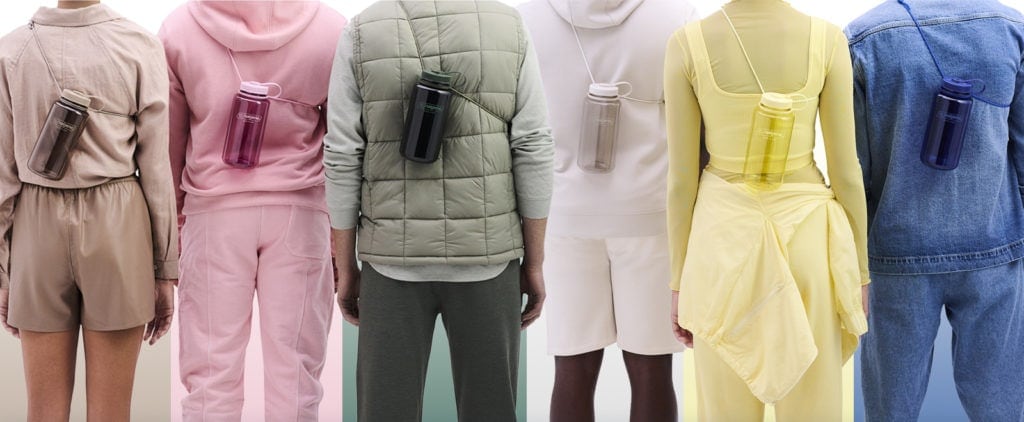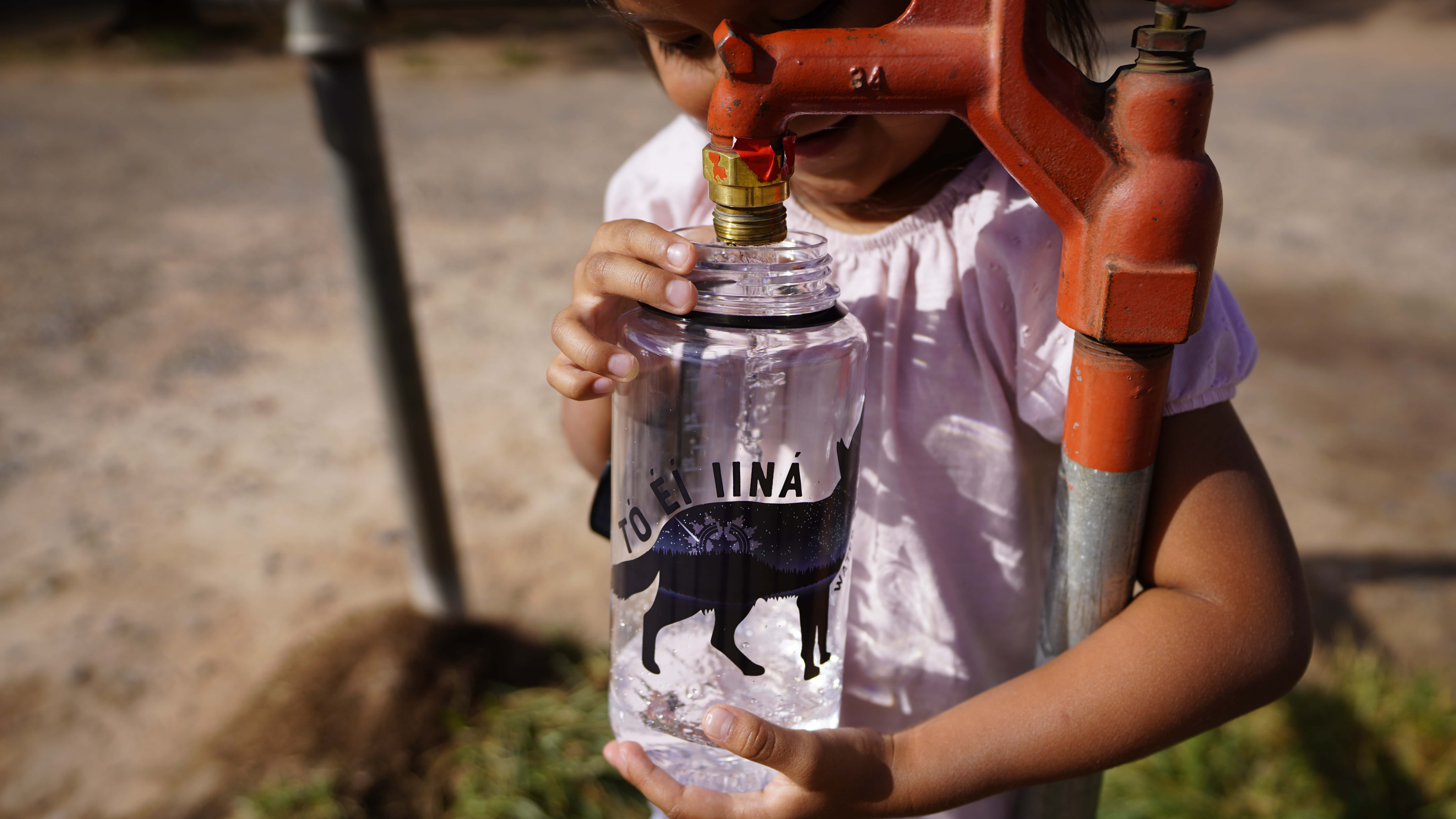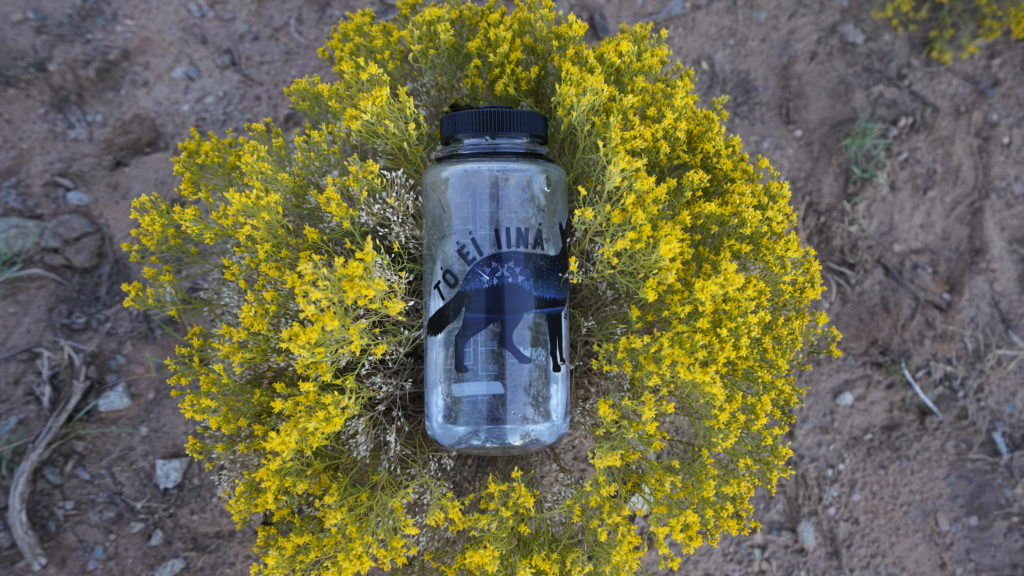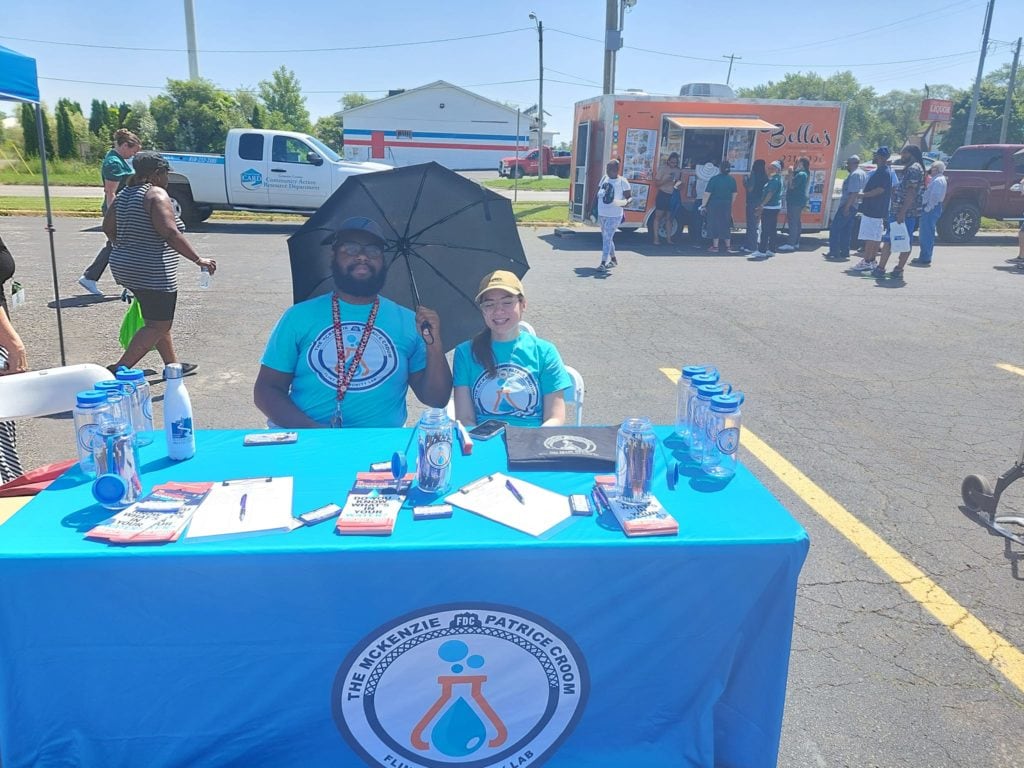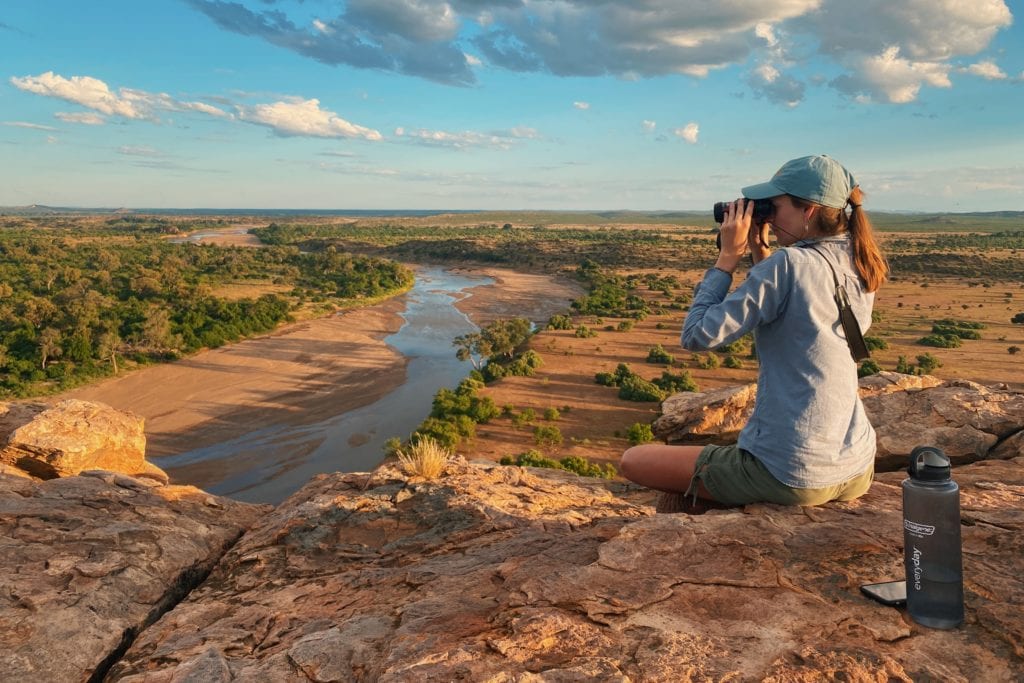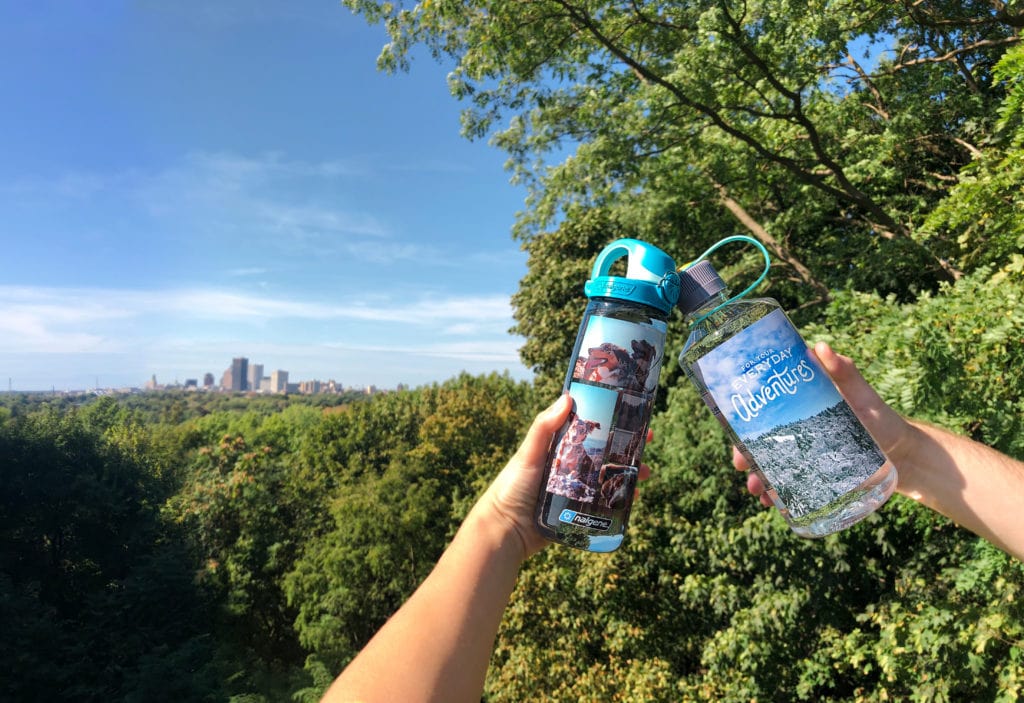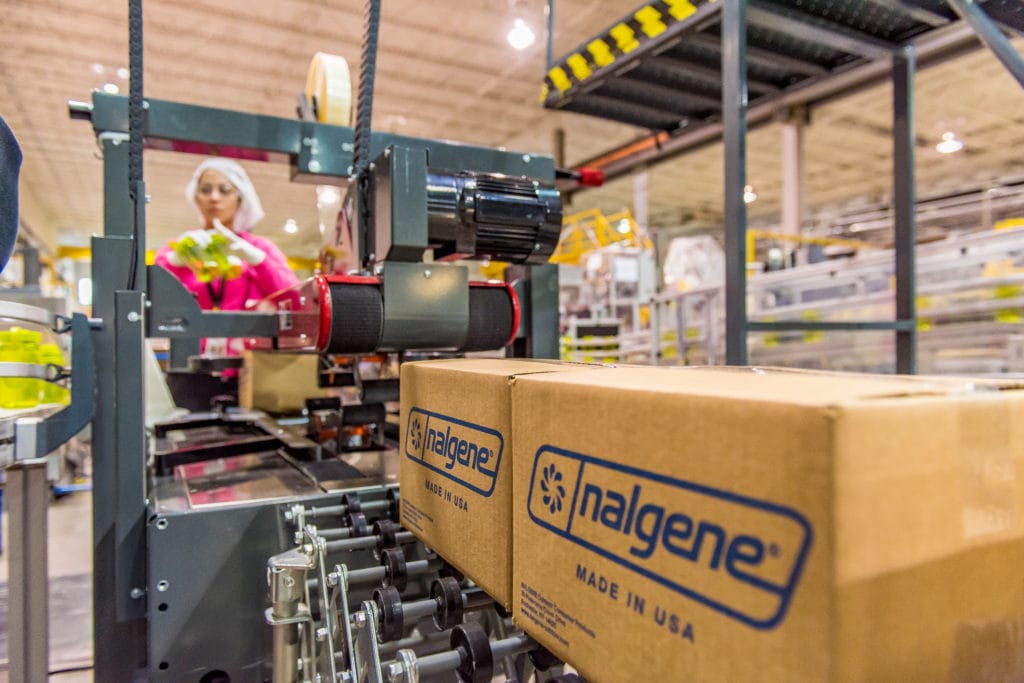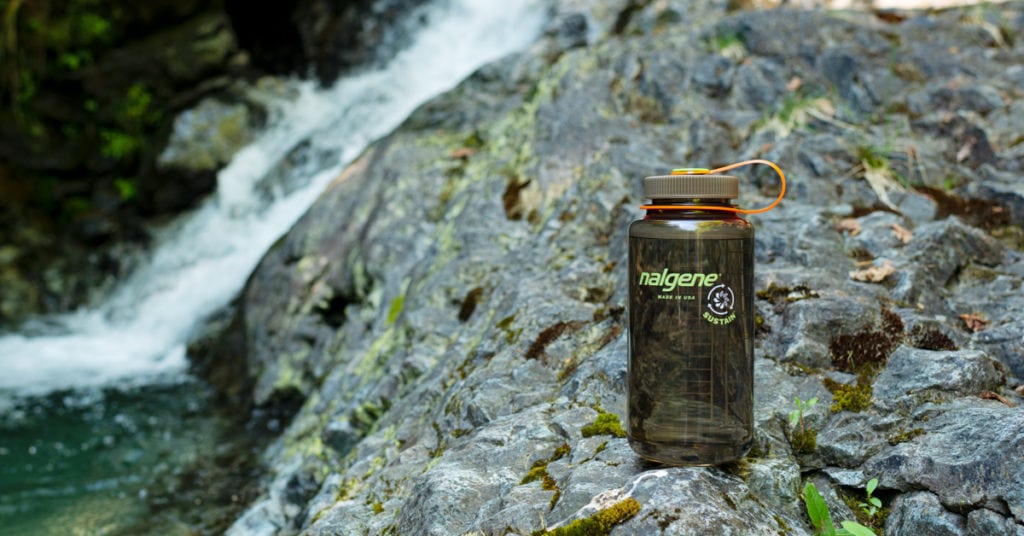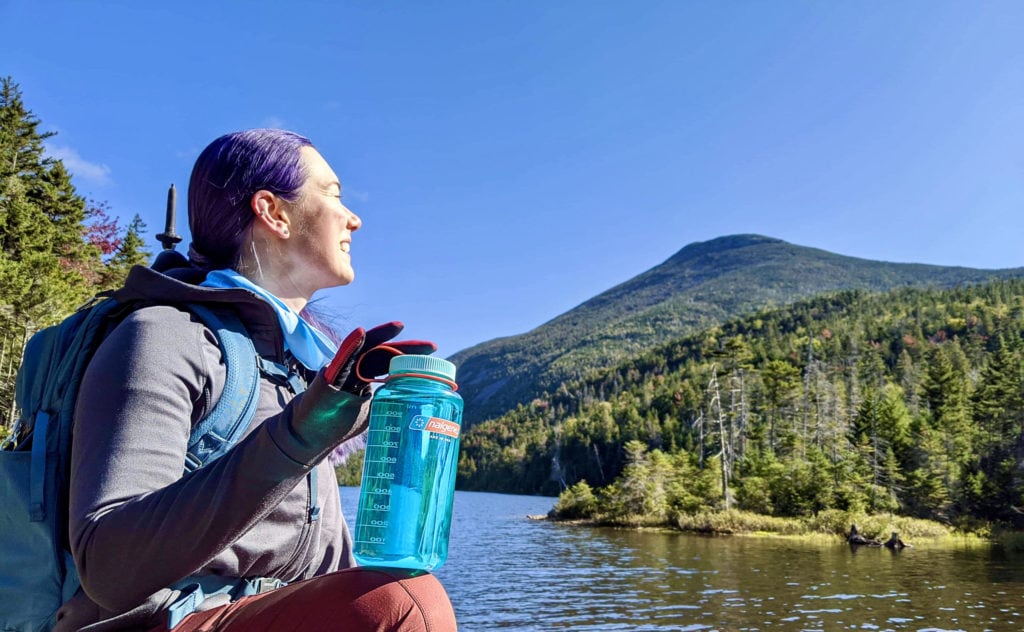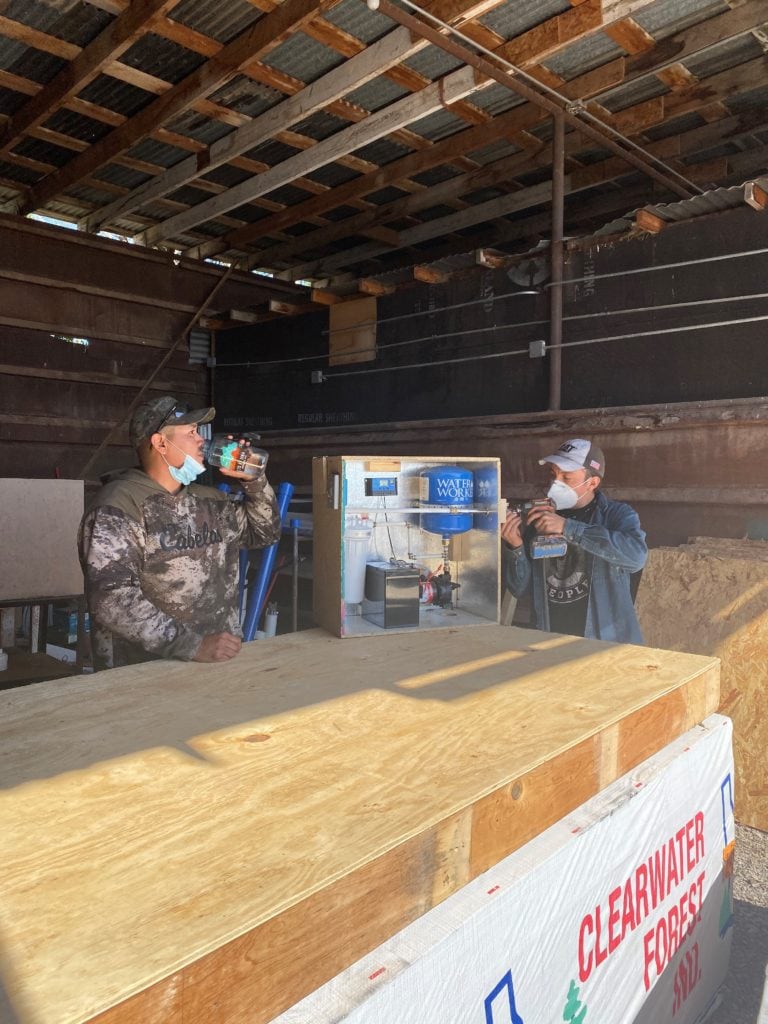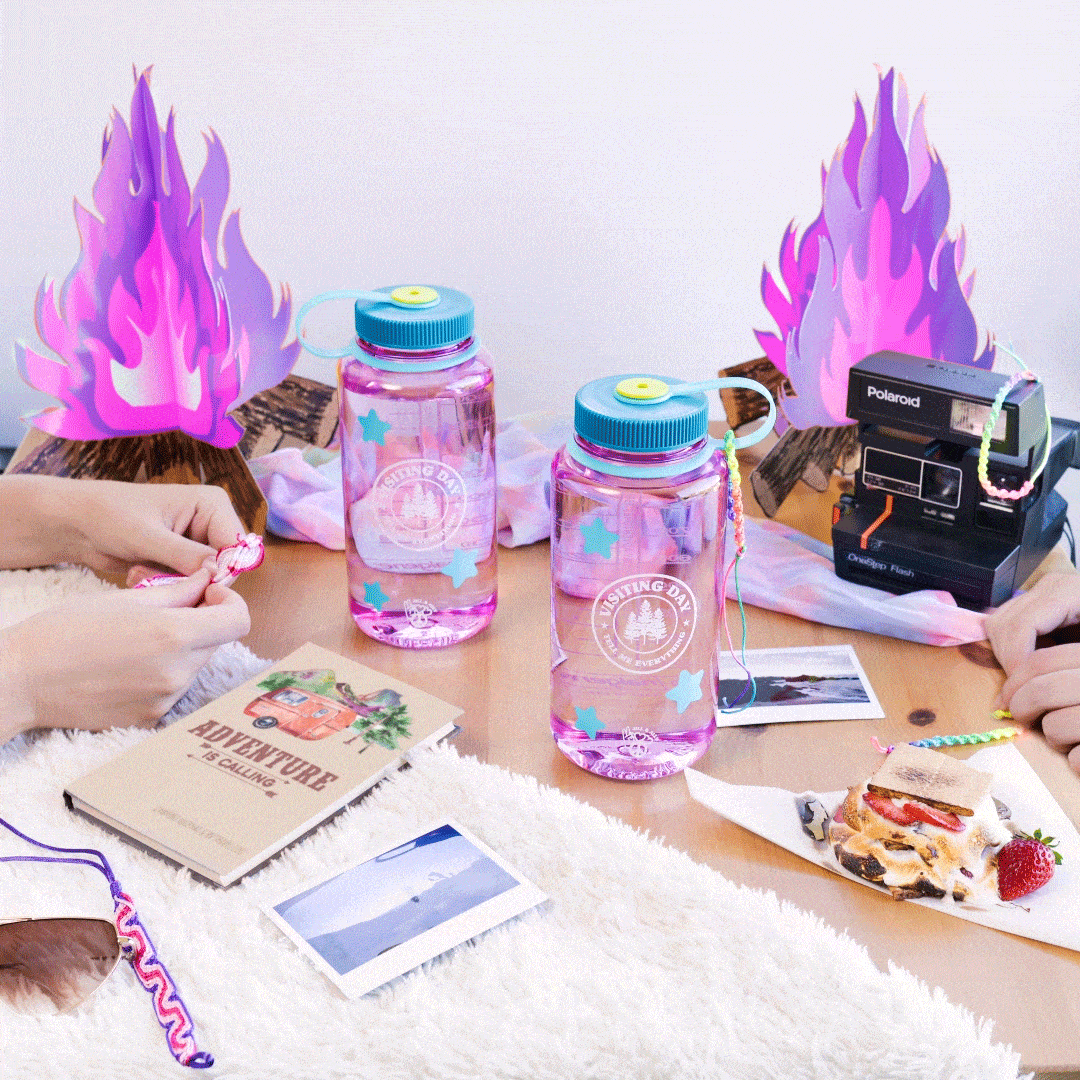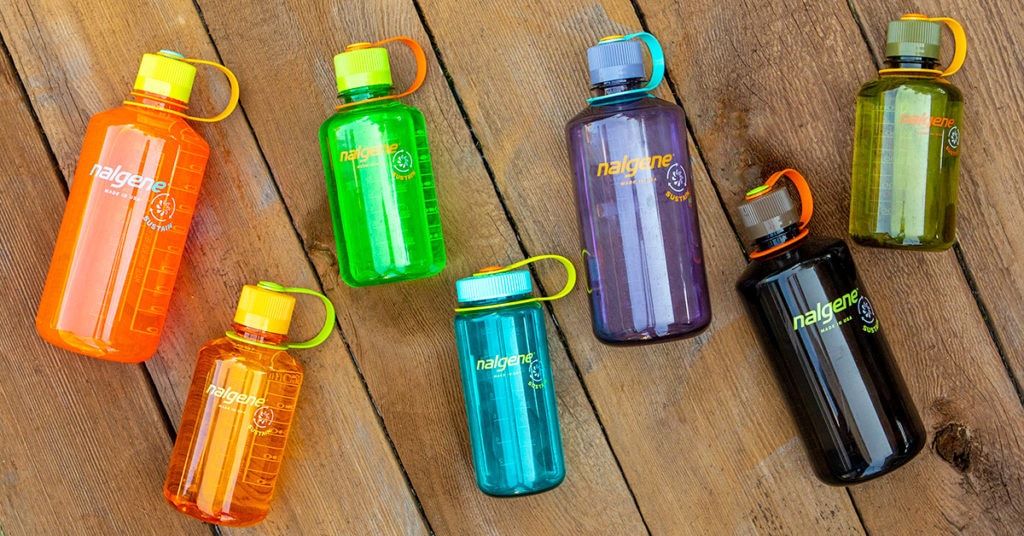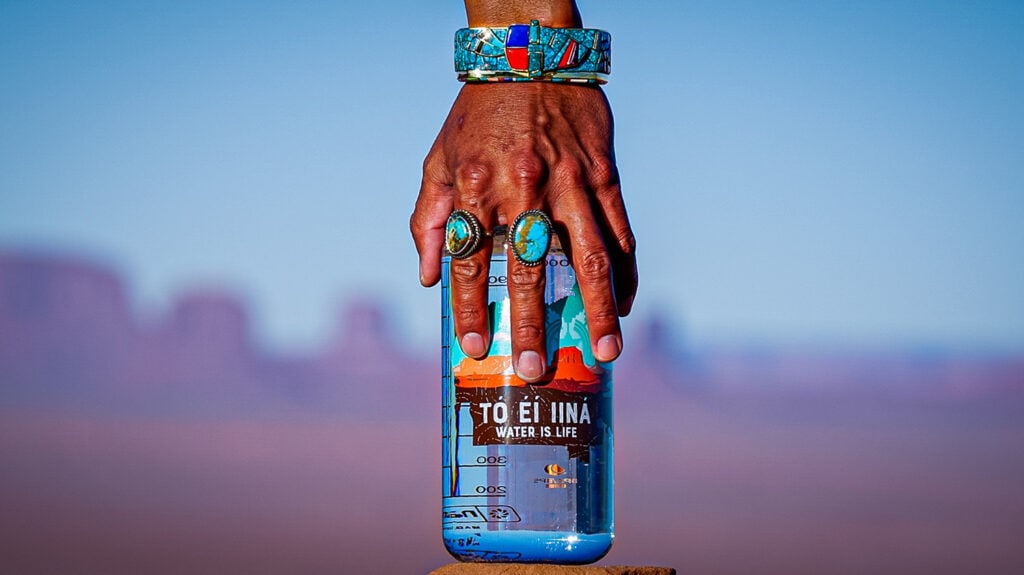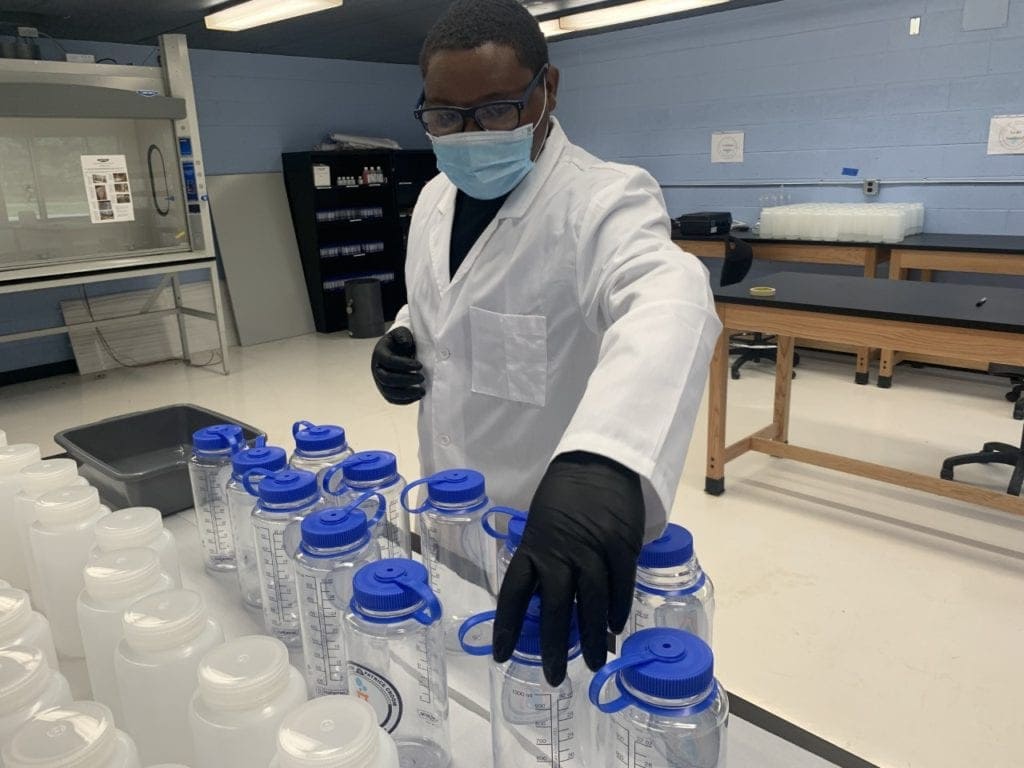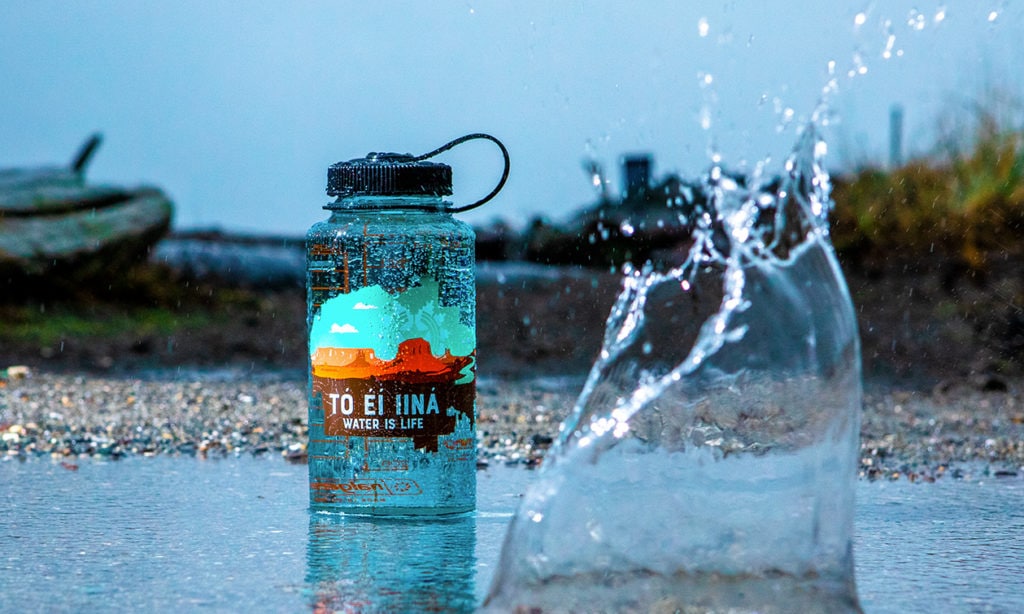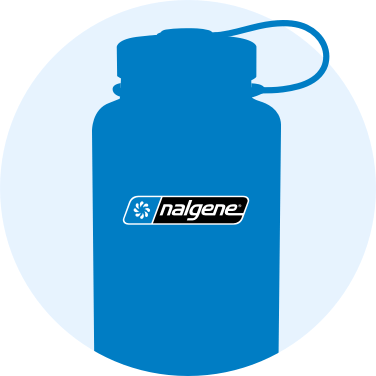Earth’s Water Makeup
You probably know that water is pretty important, for our planet and everyone who’s on it. Water makes up about 60% of the human body, and 71% of our planet, but get this: only about 2.5% of Earth’s water is freshwater, which can be readily used for drinking. And out of that, just about 1% is easily accessible, while the rest is locked up in glaciers and other frozen parts of the planet.
How about the rest of Earth’s water? Aside from the 2.5% that is freshwater, everything else is salty ocean water. This might be great for sea creatures, but it’s not as great for humans. That’s because humans are unable to safely drink untreated seawater, due to it’s high levels of salt. This means that most of Earth’s water is undrinkable in its natural form.
You might have heard about desalination techniques, which is the process of turning saltwater into freshwater. While desalination is used around the world today, this technology is still extremely expensive, and these high costs have stopped desalination from becoming used more widely. But many countries that lack abundant supplies of freshwater, such as countries in the Middle East and North Africa, do heavily use desalination, to turn ocean water into something drinkable. In the United States, Florida and California are among the states that have desalination plants.
But in short, most people and places rely on freshwater for their drinking water, which comes mostly from lakes, rivers, and groundwater, and typically has to go through quite the process before it flows through the pipes in your home.
How Does Water Reach Our Homes?
To understand where water comes from before it fills your Nalgene bottle, we need to blow off the dust on some of those middle school science textbooks. The planetary water cycle consists of a few main stages. The sun warms the Earth, causing water to evaporate from the oceans, streams, and lakes, and head up into the atmosphere. Then, that water cools, and falls back down to Earth as rain or snow. This precipitation might collect in rivers, lakes, and in the soil and layers of rock. Much of it will eventually flow back into the oceans.
So where in that lifecycle does your tap water come into play? For most Americans, drinking water is drawn from lakes, rivers, and groundwater, and is brought from those sources to a water treatment plant in your city. Most utility companies then use several steps to treat your water before you drink it.
Firstly, chemicals are added to the water, which bind with any sediment and dirt, forming a substance called floc. Then, because that floc is heavy, it sinks to the bottom of the tank, while the clean water remains on top and passes through layers of filters. Interestingly enough, these filters are usually made of sand, gravel, and charcoal, which remove particles and chemicals. Lastly, chlorine or a similar substance will be added to kill any germs or parasites left over in the water. It’s also possible for water to come from an individual water system, such as a private well. In these cases, it’s typically up to the owner of that water system to care for it, treat it, and ensure the water is safe for drinking.
As you can see, it takes quite a lot of work for water to be transformed from what’s found in the ground and in the skies into something you can safely sip along the trail.
